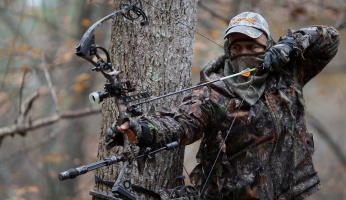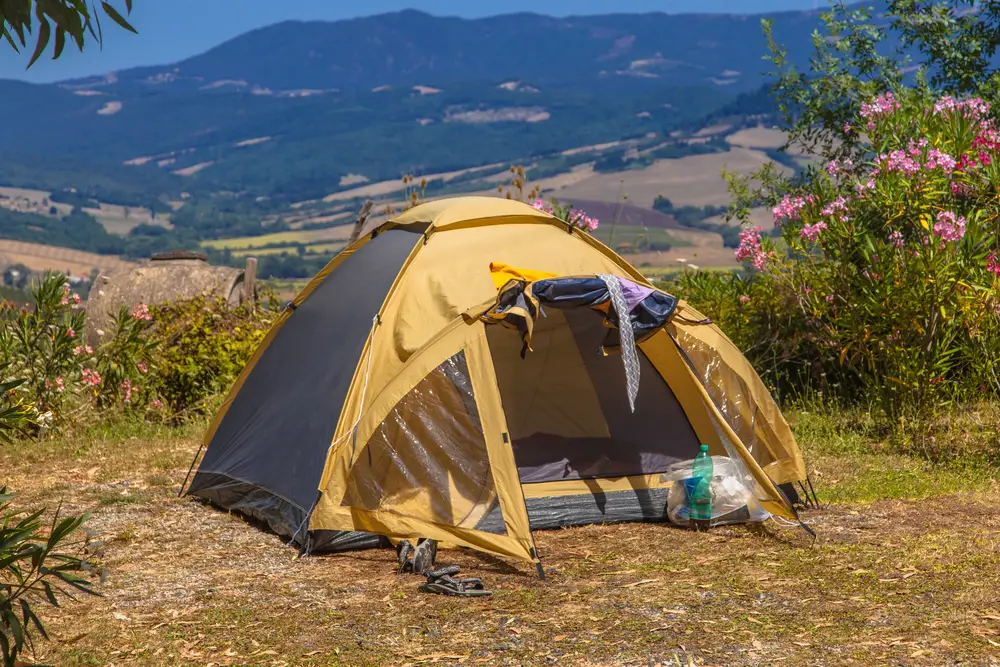Understanding Waterfowl Behavior Makes Them an Easy Target and Yourself a Successful Hunter!
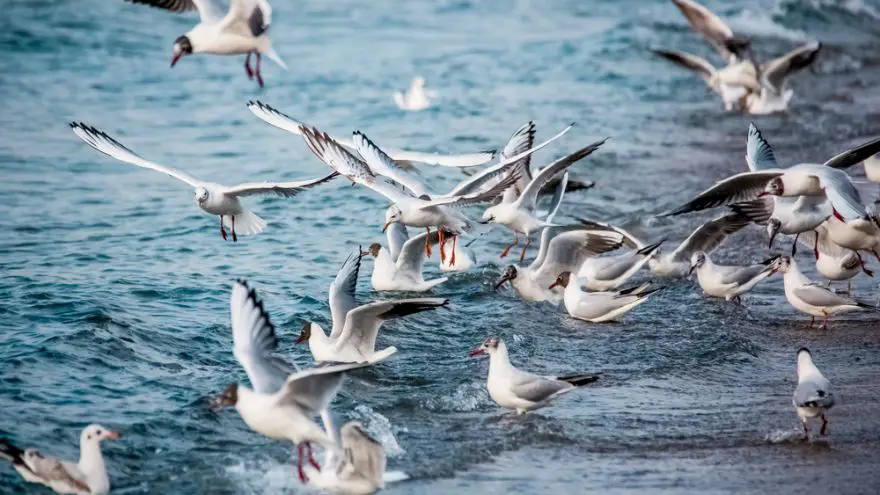 Understanding Waterfowl Behavior Makes Them an Easy Target and Yourself a Successful Hunter!
thegearhunt.com
Understanding Waterfowl Behavior Makes Them an Easy Target and Yourself a Successful Hunter!
thegearhunt.com
The waterfowl season has started, and this period is traditionally reserved for hunting. Waterfowl hunting is a complex and dynamic sport but this year many of our hunters reported success. The first days of the hunt are usually successful since the waterfowls are not yet scared, thus all hunters come back with good results. The best time for hunting is before the dark comes or in the morning. Hunters must take their position at least 20 minutes before the hunt starts and position themselves at spots which allow them a good sight and target.
Hunting Waterfowls
With the first sunlight, you can also hear the wings of the waterfowls and all the other ducks. The general rule is that those birds which first come up would not be targeted. During the afternoon, the situation is different. The hunters must be well disguised and camouflaged with their surroundings so that they have a success. This is what we are here to help with. Waterfowls’ behavior changes during different periods of the day and it changes with the weather. By understanding their behavior you would be a step up in the hunting experience. If you manage to use on the field the things you have learned, the success is inevitable!
Waterfowls’ Behavior
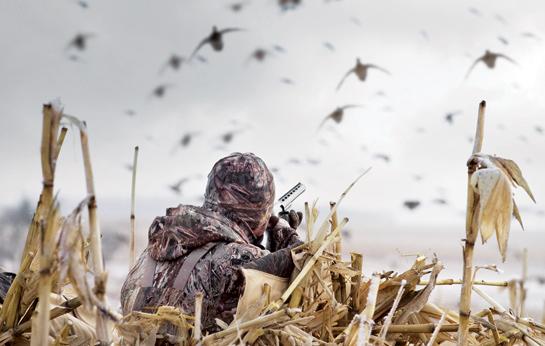
Waterfowls are complex and well-alerted species. This means that they are able to alter their behavior depending on the change in the surroundings. They have a biological need to adapt to the new conditions. For this reason, you will notice them changing the behavior right after you catch their patterns of activity. Although there are waterfowls which won’t mind the weather, most of them are avoiding cold weather conditions and heavy rains.
Biologists have discovered that the change in their pattern behavior during the fall and winter is because of the migration of other birds. In the winter months, the most important biological need the waterfowls have is finding a mate. As for all the other species, they prefer performing this activity in places where food and water are easily available to them. On the other hand, this is predetermined by the amount of rain the area has received during the season. Heavy rain seasons are usually flooding acres of ground, which leaves with more ground to cover. The opposite also applies, if the season is dry, there are only a few acres of ground a hunter should cover and the target is easier. The good news is that once the waterfowls find a mate, they become less careful and more likely to become targets.
Researchers have also found that the change in the barometric pressure also triggers a change in the waterfowl behavior. If the barometric pressure drops, waterfowls are looking for another front.
Keeping Track of the Wind
Other than the barometric pressure, the wind is also an important variability when it comes to waterfowls. As we know that birds are not keen on the cold weather, when there is the wind, most hunters go with the assumption that the waterfowls would come from the north, meaning from cold fronts. However, this might not be the case, they are sometimes more likely to come from the south. This is because the wind is an unpredictable flow, at least without the proper equipment and statistic information.
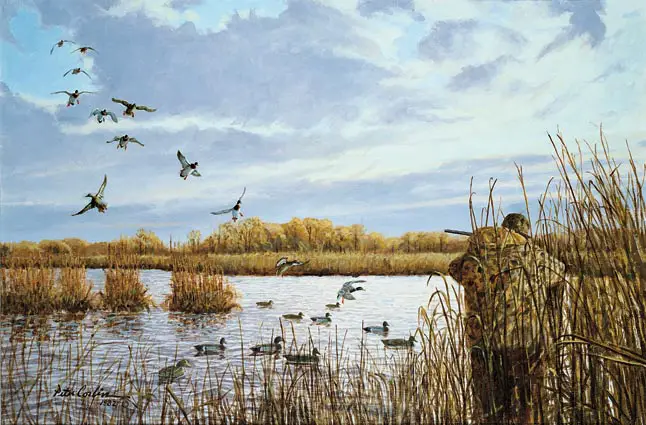
Natural predators and their need to escape them could be a useful prediction for their behavior. The number one natural predator of the waterfowls is the hunters. You will notice that they change their feeding and roosting habits if they are even suspicious to have a hunter on their track. This is why hunters should also adapt and change their pattern behavior too. A hunter must change his hunting position and area. This way, it reliefs the pressure from waterfowls, thus making them easy targets.
Another predictive behavior connected to the weather is their energy conservation. If the weather is colder than usual, they will try to find places which keep provide them thermal cover. Unlike us humans, which avoid humidity when we are feeling cold, the water is providing waterfowls protection against the cold. Temperatures below 20 are also suitable for hunting because it causes waterfowls to feed few times a day. This means more opportunities for hunters and bad news for waterfowls. Unfortunately, this also means freezing temperature for hunters and difficulty of boat maneuvering. To be a successful hunter means to be able to withstand low temperatures and lot of humidity.
As all hunters are aware, a storm weather forecast is not something to get upset about. Instead, gear up and go hunting. As soon as the pressure in the air is beginning to signalize a storm and the winds are beginning to intensify, waterfowls could sense this are look for protected areas. This makes them less alert and more subjected to become targets. Also, as they are looking for a shelter, more and more waterfowls are grouping in smaller areas, because of the lack of shelter space.
On the other hand, clear and windless weather can bring nothing but a disappointment to the hunters, excluding the lucky ones which manage to find something. However, there is not a species in the world which moves randomly. We all have some patterns, including the waterfowls; it just might be more or less difficult to find them. Clear weather is the best way to learn waterfowls’ patterns. Set decoys which would monitor their movement and sit back.
Finally
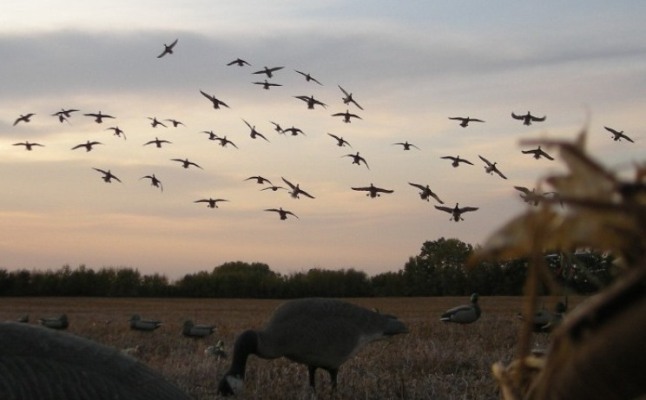
This is just a scratch of the waterfowls’ behavior subject. They are a highly alert species which have slowly been evolving and learning the hunters’ behaviors. The only thing left for hunters is to keep up and evolve accordingly. Everyone has a hunting instinct in them; listen to it and hunt!
Hopefully, we have helped you learn something more about waterfowls which would lead to a successful hunt. Nevertheless, waterfowl behavior knowledge is something that could always be upgraded. Leave us a comment in the comment section below if you have some other advice for newbie hunters out there, or to provide new hunting information!





